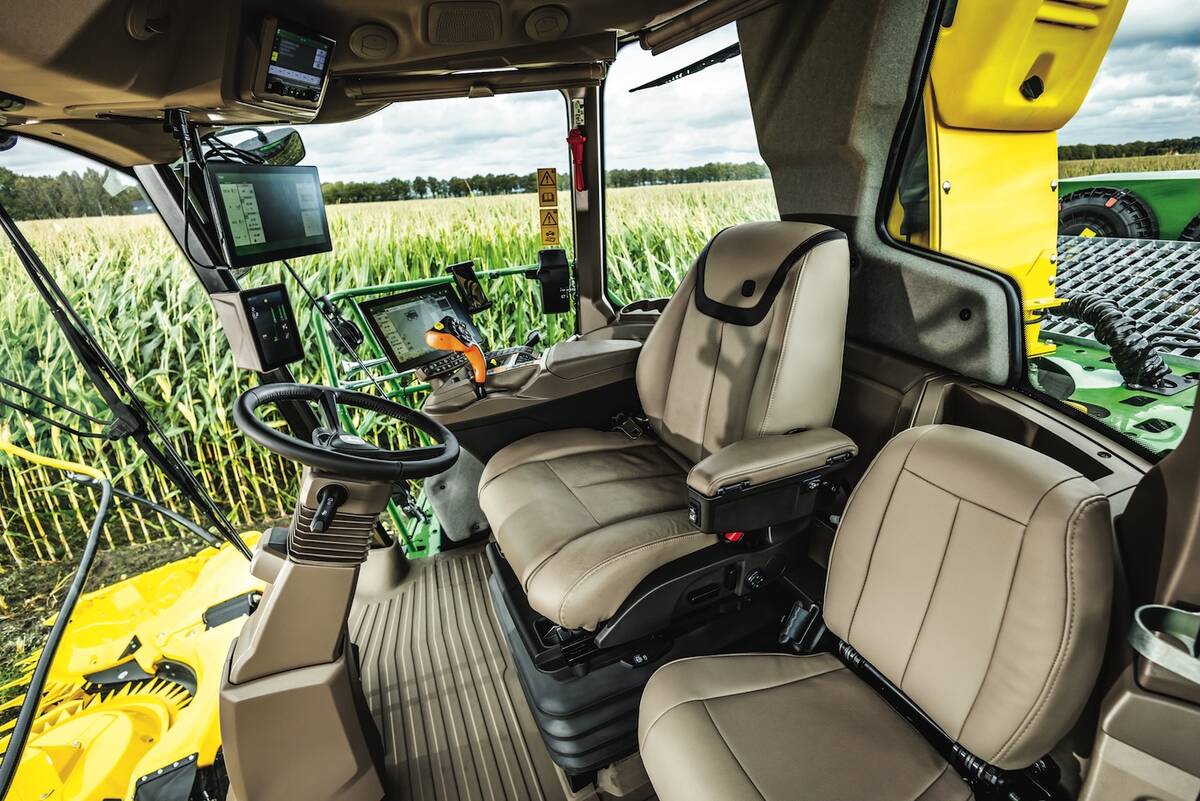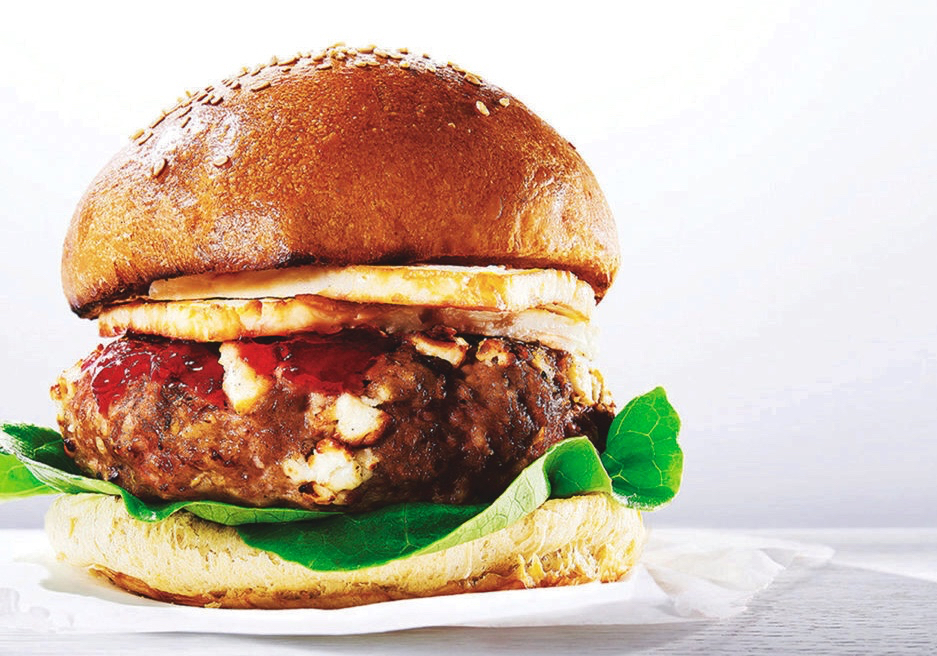There was absolutely nothing to eat in our kitchen. Our fridge was bare with not a trace of milk, meat or bread. My toddler’s first response was one of wide-eyed wonder and concern as he stared at our fridge’s emptiness. I assured him we would survive. Our freezer was bursting in the garage and our pantry housed shelves of preserves. Yes, we had food in our house but it was not located in our kitchen.
I felt like a pioneer when my new fridge decided to warm food rather than cool it. Living without this modern convenience seemed like torture at the beginning but we quickly adjusted. After a quick call to a local refrigeration business, we learned they would have to order parts so we needed to transfer our food to a cooler place. Fortunately it was winter, so we packaged condiments, leftovers and essential food items into two large coolers to temporarily store in the garage. While we waited for the parts I made numerous trips to the garage to fetch milk, ketchup and baking supplies.
Read Also

Ceres AI leans into John Deere integration
Ceres said by connecting systems with John Deere, it’s helping growers move from managing data to acting on it.
Neighbours who heard about our dilemma chuckled as they drove by and saw plates and bowls cooling on our front veranda or nearby snowbank. We found natural cooling methods quite efficient and enjoyed the instant effect of placing hot soup in -30 temperatures to cool before serving it to our toddler.
I was careful with whom I shared our latest predicament as some seniors had little pity for me. “That’s how we always lived,” some would say. My great-grandmother used an ice well to preserve her food. In January and February, the men would cut ice blocks with special saws in a local dugout and transport them to their homes with sleds. These blocks were placed in the ice well. Then water was added so the final frozen product was a flat surface. Butter, cream, meat and milk were stored in pails in these ice wells. My great-grandmother would use a long stick with a hook on the end to grab the pail handles to lift them to ground level. My broken fridge was an inconvenience but at least I didn’t have to grab winter clothes as my food was just outside my kitchen door.
After waiting for three weeks for parts, my fridge is now working. Instinctively, I still head to the garage for items, but I have a new appreciation for something as simple as cool air.
– Sheila Braun writes from Landmark, Manitoba














